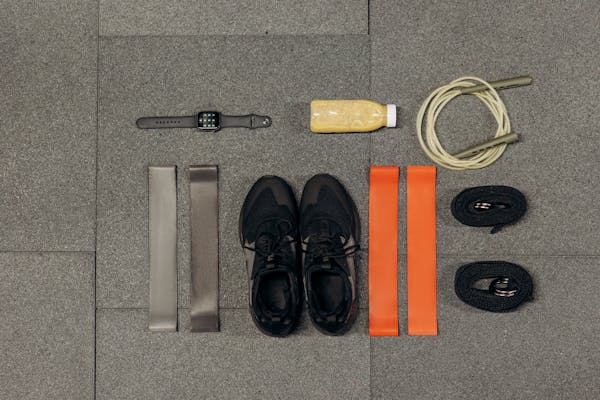Why Teach Art?
Thinking Skills
An article written by Ellen Winner and Lois Hetland for the Boston Globe in 2007 promotes creativity in learning: “There is, however, a very good reason to teach arts in schools, and it’s not the one that arts supporters tend to fall back on. In a recent study of several art classes in Boston-area schools, we found that arts programs teach a specific set of thinking skills rarely addressed elsewhere in the curriculum – and that far from being irrelevant in a test-driven education system, arts education is becoming even more important as standardized tests like the MCAS exert a narrowing influence over what schools teach.”
And why shouldn’t they? Dr. Betty Edwards, best-selling author of “Drawing On The Right Side Of The Brain,” advocates the use of our right brain hemisphere and has written great coursework that reveals are inherent underdevelopment of this side of the brain. Most educational programs, established in the United States back in the 1800’s, site a preference for left hemispherical instruction. Understandably, we were still essentially agricultural at the time, and steadily emerging to play a major part in the Industrial Revolution. Whatever music, drama and art instruction existed in the one room schoolhouse, soon migrated to larger and larger classrooms where the early technology of manufacturing in the New World was a bright glow on the future horizons of American young people.
Space Race
Into the 1900’s, those artful programs diminished. The “Space Race” and Sputnik, launched an all-out emphasis on Science and Math learning and changed school curriculums forever. With the realization that America, in the 1980’s and 1990’s was fast become a service and technology oriented nation, our manufacturing industries diminished and a New Age of Technology changed the future glow for school children. Again, in public and private schools across the nation, the importance of that left hemisphere, so amply delineated by Dr. Betty Edwards as the time-counter, the data finder, the logician, the number-cruncher, the financier, the worker of charts and graphs would again dictate what our schools taught our youth.
Rich Creative Thinking
What we haven’t quite figured out yet is that most scientific, mathematical, legal, financial positions require creativity and that great progress has been made in these areas by “thinking outside the box.” For that matter, creative thinking enhances any part of our lives. How?
When we receive information, if we are basically trained in the American educational system, we process it as data, that is, it represents dates, times, charts, factors, elements that regulate our lives in monetary, fiduciary, fact-oriented ways. This is our perceptual reality. Indeed, the best trained to process this data have a good chance of doing well in our culture. Could creativity make us better? Yes, because, with the emphasis on just one hemisphere of our brain, we don’t really have the whole picture. We are not cognitive to all of the options that our wonderful brains can render. Therefore, we are severely limited: economically, culturally, politically and spiritually.
The Total Brain
Developing our total brains, more the cerebral scenario of ancient Western culture, is still alive and well in many cultures today. But as the global economy spreads the word, educational patterns lean towards left hemisphere education. Will we ultimately inherit a global, lop-sided perspective, severely limiting our brain capacities in favor of the left and retarding the use of the right? In the future, will bear offspring that are limited that way?
Sci-Fi?
This prospect is dismal and hopefully, just science fiction. If we chose to, via cultural choices, cut off the very rich resources of the right side, are children and future children will inherit a two-dimensional world which stifles creativity, shuns invention and creative research, blocks poetry, the theatre, and artists endeavors and, ultimately, cuts off a very powerful resource. It could be that the world will suffer for our restrictions on creative thinking.
Here is my challenge. Learn your right side! You will become stronger, better equipped to deal with what the world has to offer and, if at first, you are uncomfortable, well, go ahead, jump into to the hot tub of creativity.





